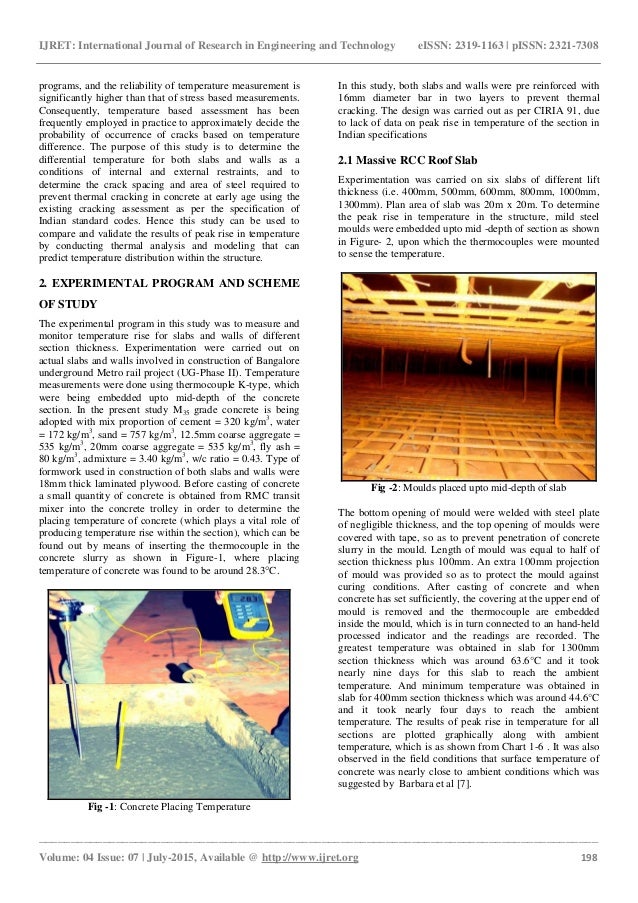Early-age Thermal Crack Control In Concrete C660
AbstractExamines the causes, effects, risks and offers guidance on early-age thermal cracking in concrete. This phenomena happens when tensile strain is greater than the tensile strain capacity of concrete.



Vande mataram lata mangeshkar latest. Considers design aspects such as estimating the magnitude of crack-inducing strain, how to control the size of cracks using reinforcement and ways to minimise risk.Document HistoryReplaces CIRIA Report R 91, Early-age thermal crack control in concrete (revised edition), 1992.The accompanying CD-ROM contains spreadsheets for worked examples that cannot be reproduced in The Construction Information Service. Please contact CIRIA to obtain a copy of this CD-ROM.ISBN602Publisher Information. The Amber document status indicator indicates that some caution is needed when using this document - it is either:. (a) current in the Construction Information Service but has a document or documents that replace or amend it, so please look at the 'Newer Versions' tab or.
Ciria Early Age Thermal Cracking
(b) not in the Construction Information Service but with another reason why it may be relevant to our customers such as being cited in NBS or in the Building Regulations Approved Documents. Again there may be more recent versions of the document.
Early-age Thermal Crack Control In Concrete C660 3
AbstractConsidering the importance of leaking cracks in terms of serviceability and durability of watertight concrete structures, emphasis is placed on thermal movements and their effect on foundation slabs and walls. Both members are usually restrained to some degree externally and/or internally. The results indicate that restrained thermal stresses are the primary cause of early-age cracks in concrete members.This paper offers a discussion of mitigation strategies to prevent the formation and propagation of early-age separating cracks. A FEM-based analysis was used to determine the development of stresses in walls on mat foundations in relation to the crack risk assessment.